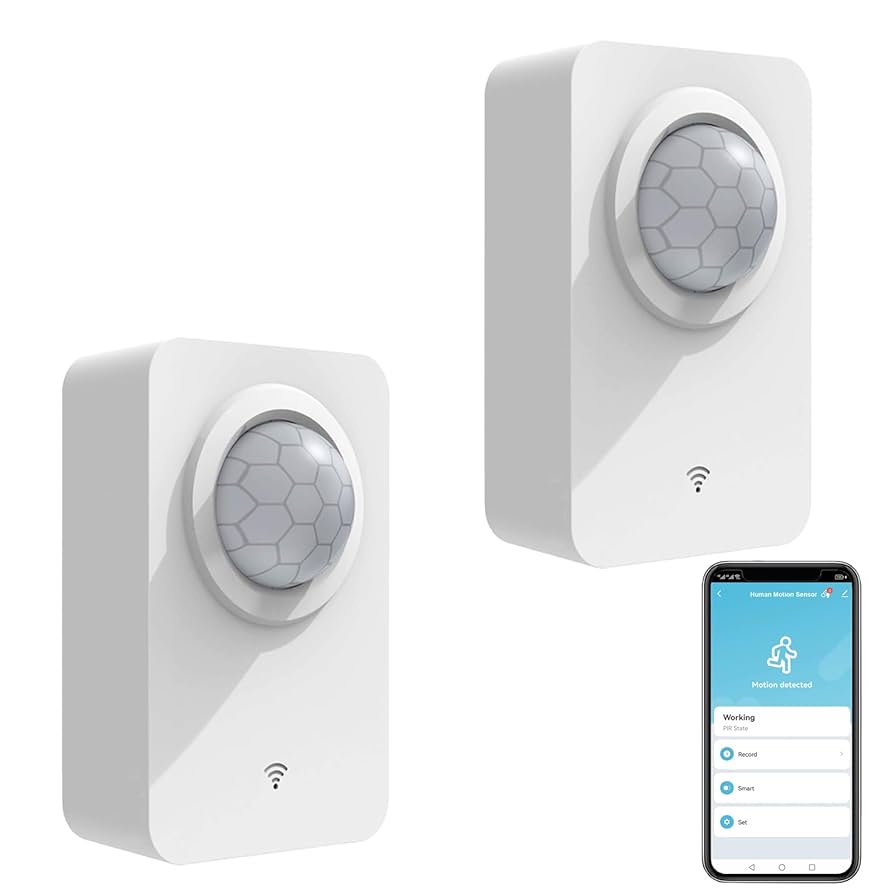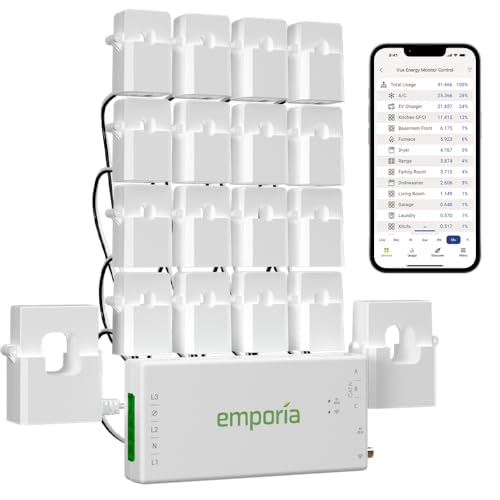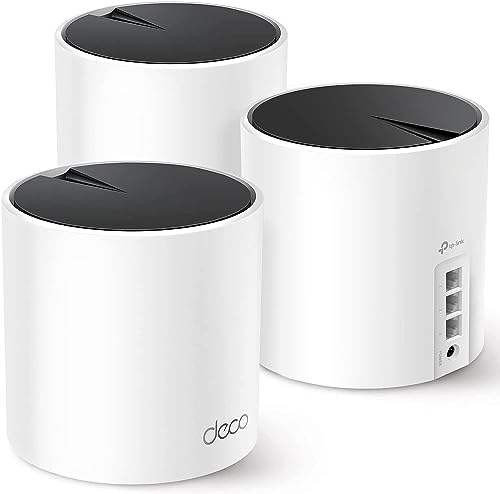Imagine a device that senses movement around you and instantly responds to keep your home safer, your energy bills lower, and your daily life easier. Smart motion sensors do exactly that.
They’re not just gadgets; they’re your unseen helpers, working quietly to make your environment smarter and more efficient. If you want to discover how these clever devices can transform your space and why they are becoming essential in modern living, keep reading.
This could change the way you think about security, convenience, and energy use forever.

Credit: glowright.co
Smart Motion Sensors Basics
Smart motion sensors detect movement in a space. They help control lights, alarms, and other devices automatically.
These sensors save energy and improve security by reacting only when needed. They are used in homes, offices, and public areas.
Types Of Motion Sensors
There are different types of motion sensors. Each type uses a special way to detect movement.
Choosing the right type depends on the environment and what you want to monitor.
- Passive Infrared (PIR) Sensors: Detect body heat changes.
- Ultrasonic Sensors: Use sound waves to sense movement.
- Microwave Sensors: Send microwave signals to detect motion.
- Tomographic Sensors: Use radio waves to cover large areas.
- Dual-Technology Sensors: Combine two types for better accuracy.
How Motion Sensors Work
Motion sensors work by noticing changes in their surroundings. They send signals when they detect movement.
Sensors use different methods to detect motion. Some sense heat, others use waves or radio signals.
- PIR sensors detect body heat that moves across their field.
- Ultrasonic sensors emit sound waves and listen for echoes.
- Microwave sensors send signals and measure their reflection time.
- When something moves, the sensor signals a connected device.
Boosting Security With Motion Sensors
Smart motion sensors help protect homes and businesses by detecting movement. They improve safety by alerting people to possible threats quickly.
These sensors use technology to sense motion and send signals to security systems. This makes it easier to keep areas secure all the time.
Intruder Detection
Motion sensors detect any unwanted movement in protected areas. They spot intruders before they cause harm or steal items.
These sensors work day and night to watch over your property. They can cover large spaces and trigger alarms if needed.
- Detects movement in restricted zones
- Triggers alarms to scare off intruders
- Records time and location of motion
Integration With Security Systems
Smart motion sensors connect easily with security cameras and alarms. This creates a full system that works together to protect you.
The integration allows automatic responses like turning on lights or locking doors. It makes your security system more effective and fast.
- Links to cameras for real-time video
- Works with alarm systems to alert you
- Automates safety measures like lights
Real-time Alerts And Monitoring
Motion sensors send instant alerts to your phone or security center. This lets you act quickly if there is a problem.
You can monitor your property anytime and anywhere. Real-time updates keep you informed about any unusual activity.
- Instant notifications on mobile devices
- Continuous monitoring from remote locations
- Allows fast response to security events
Enhancing Energy Efficiency
Smart motion sensors help save energy by turning devices on and off automatically. They detect movement and adjust lighting and systems accordingly.
Using these sensors reduces electricity waste and lowers utility bills. They make homes and buildings more energy efficient and eco-friendly.
Automated Lighting Control
Motion sensors switch lights on only when someone is in the room. Lights turn off after no movement is detected for a set time.
This prevents lights from staying on in empty spaces. It lowers energy use and extends the life of light bulbs.
- Lights activate when a person enters
- Lights turn off automatically after no movement
- Adjusts lighting based on room occupancy
Optimizing Hvac Systems
Smart sensors detect when rooms are empty and adjust heating or cooling. This stops HVAC systems from running unnecessarily.
They keep temperatures comfortable only in occupied areas. This reduces energy use and improves system efficiency.
- Adjusts temperature based on room occupancy
- Turns off HVAC in empty rooms
- Helps maintain balanced indoor climate
Reducing Energy Waste
Smart motion sensors cut down energy waste by managing devices better. They stop power use when no one is around.
This works for lights, HVAC, and appliances. It lowers overall energy consumption and helps the environment.
- Turns off unused devices automatically
- Prevents unnecessary power consumption
- Supports energy-saving habits

Credit: mystrom.ch
Applications Across Different Sectors
Smart motion sensors detect movement and changes in the environment. They help improve safety, save energy, and increase convenience.
These sensors work well in many places. They are useful in homes, businesses, and public areas.
Residential Uses
In homes, smart motion sensors enhance security by detecting intruders. They also help with energy savings by turning lights off when rooms are empty.
People use these sensors for automated lighting, alarms, and even smart home devices that respond to movement.
- Automatic lighting control
- Security alarm activation
- Smart home automation
- Energy management
Commercial And Industrial
Businesses use smart motion sensors to improve safety and reduce costs. Sensors can turn off machines and lights when no one is around.
In factories, they monitor worker movement to prevent accidents. In stores, sensors help control lighting and monitor customer flow.
- Machine and equipment control
- Energy cost reduction
- Workplace safety monitoring
- Customer traffic analysis
Public Spaces And Smart Cities
Cities use smart motion sensors to make streets safer and more efficient. Sensors control streetlights to save energy and improve visibility.
They also help monitor public areas for safety and manage traffic flow. This technology supports better city planning and emergency response.
- Smart street lighting control
- Public safety monitoring
- Traffic management
- Emergency response support
Choosing The Right Motion Sensor
Smart motion sensors help detect movement and improve safety. They work in homes, offices, and outdoors.
Picking the right sensor depends on your needs and environment. This guide will help you decide.
Factors To Consider
Think about where you will use the sensor. Indoor and outdoor sensors have different features.
Consider the sensor type, range, and power source. These affect how well the sensor works.
- Sensor Type:Infrared, ultrasonic, or microwave sensors detect motion differently.
- Detection Range:Check how far the sensor can detect movement.
- Power Source:Battery-powered or wired sensors require different setups.
- Installation:Choose sensors that are easy to install in your space.
- Compatibility:Ensure the sensor works with your smart home system.
Popular Brands And Models
Some brands offer reliable and easy-to-use smart motion sensors. Look for models with good reviews.
These brands provide a range of sensors for different needs and budgets.
- Philips Hue Motion Sensor – Works well with smart lighting systems.
- Ring Motion Detector – Good for home security setups.
- Samsung SmartThings Motion Sensor – Compatible with many smart devices.
- ecobee SmartSensor – Best for indoor temperature and motion sensing.
- Arlo Motion Sensor – Ideal for outdoor security and alerts.
Future Trends In Motion Sensing
Motion sensors are becoming smarter and more useful. They detect movement to improve safety and convenience.
The future of motion sensing includes new technologies and wider uses. These changes will make sensors work better everywhere.
Ai And Machine Learning Integration
AI helps motion sensors learn from data. It makes sensors better at telling real movement from false alarms.
Machine learning allows sensors to adapt to different environments. This improves their accuracy and response time.
- Detects specific types of motion like walking or running
- Reduces errors by learning usual activity patterns
- Improves energy use by activating only when needed
Advancements In Sensor Technology
New sensor designs are smaller and use less power. This makes them fit into more devices and last longer.
Sensors now use better materials and methods. These improve detection distance and sensitivity in many conditions.
- Use of infrared and ultrasonic combined for better sensing
- Improved wireless communication for faster data transfer
- Lower cost sensors to support mass adoption
Expanding Use Cases
Motion sensors are moving beyond security. They now help in health, smart homes, and even retail.
New uses make life easier and safer. Sensors can monitor elderly people or manage energy in buildings.
- Health tracking with fall detection and activity monitoring
- Smart lighting that turns on when someone enters a room
- Retail stores using sensors to study customer movement

Credit: www.bestbuylighting.com.au
Frequently Asked Questions
What Is A Smart Motion Sensor?
A smart motion sensor detects movement and triggers automated responses. It uses advanced technology to identify motion. These sensors are used in security systems, smart homes, and energy-saving applications. They connect with other smart devices for enhanced functionality and convenience.
How Do Smart Motion Sensors Work?
Smart motion sensors use infrared, ultrasonic, or microwave technology. They detect changes in their environment. When motion is detected, they send signals to connected devices. This triggers actions like turning on lights or sending alerts. These sensors are efficient and enhance home automation.
Are Smart Motion Sensors Energy-efficient?
Yes, smart motion sensors are energy-efficient. They only activate when motion is detected. This reduces unnecessary power consumption. By automating lighting and appliances, they contribute to energy savings. This makes them an eco-friendly choice for smart homes.
Can Smart Motion Sensors Improve Home Security?
Smart motion sensors significantly enhance home security. They detect unauthorized movements and trigger alarms. Many integrate with security cameras for real-time monitoring. Alerts can be sent to your smartphone, ensuring immediate awareness of potential threats. They provide peace of mind and safety.
Conclusion
Smart motion sensors help save energy and increase safety. They detect movement quickly and respond instantly. These devices fit well in homes and offices. They also support smart home systems easily. Choosing the right sensor depends on your needs. Smart sensors keep your spaces secure and efficient.
They make everyday life simpler and more comfortable. Consider adding smart motion sensors for better control. Small changes can lead to big benefits. Smart motion sensors are a smart choice today.
16 min read







